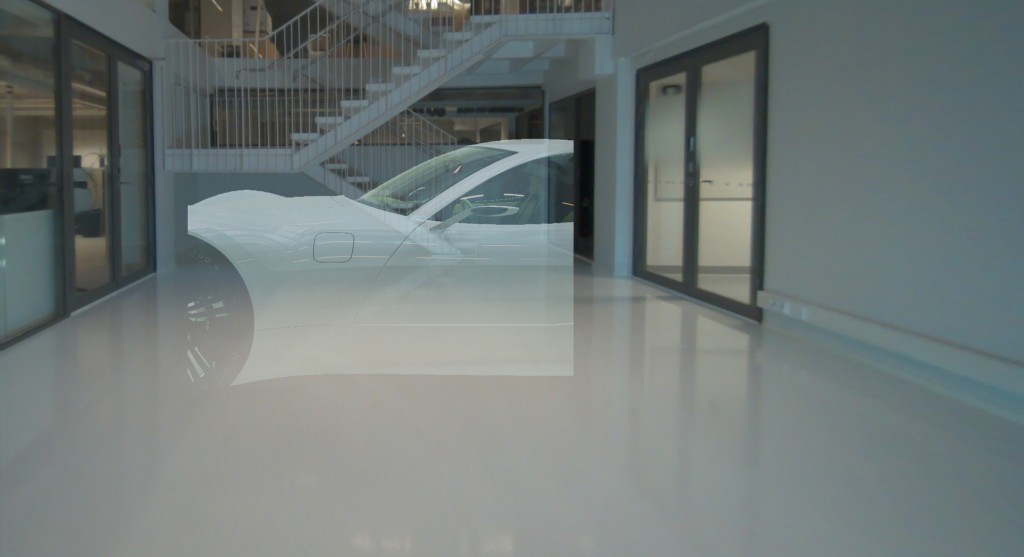Augmented Reality
Augmented reality (AR) means that the user is experiencing their own actual reality while certain virtual elements are projected on top of it. A typical use of AR in the consumer space is smartphone applications. However, in mobile applications, the field of view is limited by the size of the mobile device, it occupies the user’s hand, and the experience is much less immersive than with a headset, as you are restricted to a flat screen. These kinds of simple solutions can work great for some use cases, such as games or entertainment (for example, Pokémon Go and Snapchat filters).
Most of today’s augmented reality headsets use optical see-through-based glasses that create holographic images to float in front of your eyes in a narrow, augmented window. The problem is that these images are hazy and ghostlike, because optical see-through devices can only display light, not black or opaque content. AR headsets must also make big compromises on the field of view, resolution, or both.
Currently, AR glasses aren’t anywhere near reaching the goal of “hard AR” – a level of simulation where digital and real objects are completely indistinguishable from each other. However, what AR glasses or goggles lack in visual detail, they often make up for it in portability and by being lightweight. Some AR glasses are also wireless, allowing users to wear them on the go.

A visual example of an augmented reality projection as achieved with an optical-see-through-based AR device.
Pros of AR
- Portable, usually wireless
- Low cost
- Enables interacting with the world around you
- Can be used outside in the field
- Great for portraying simple content such as information overlay
Cons of AR
- Portable, usually wireless
- Low cost
- Enables interacting with the world around you
- Can be used outside in the field
- Great for portraying simple content such as information overlay
AR Use Cases
Augmented Reality is best suited for displaying simple information. Consumers have already explored and embraced AR via smartphone applications, which do not require a separate AR headset. There, the field of view is even more limited by the size of the mobile phone, and the experience is much less immersive as you are restricted to a flat 2D screen. However, mobile AR solutions are already widely adopted especially in games or entertainment (e.g., Pokémon Go and Snapchat filters).
A typical business use case of augmented reality is assisted maintenance, where a repair or assembly worker can be visually shown what to do (e.g. which handle to turn or bolt to fasten) while potentially being connected to a remote expert. However, for more demanding enterprise use cases and training scenarios that do not require working outside in the field, mixed reality might be a better solution due to the increased immersion and better visual quality.
Learn more: